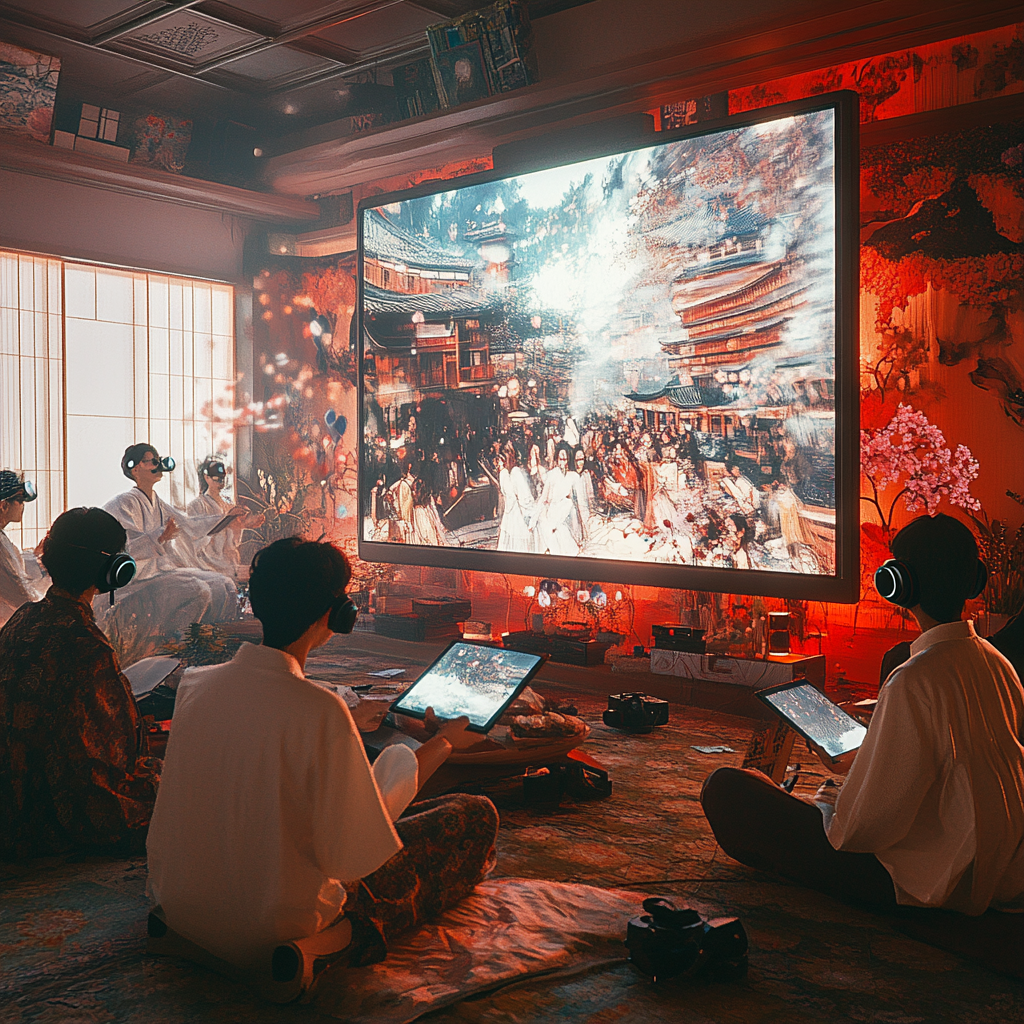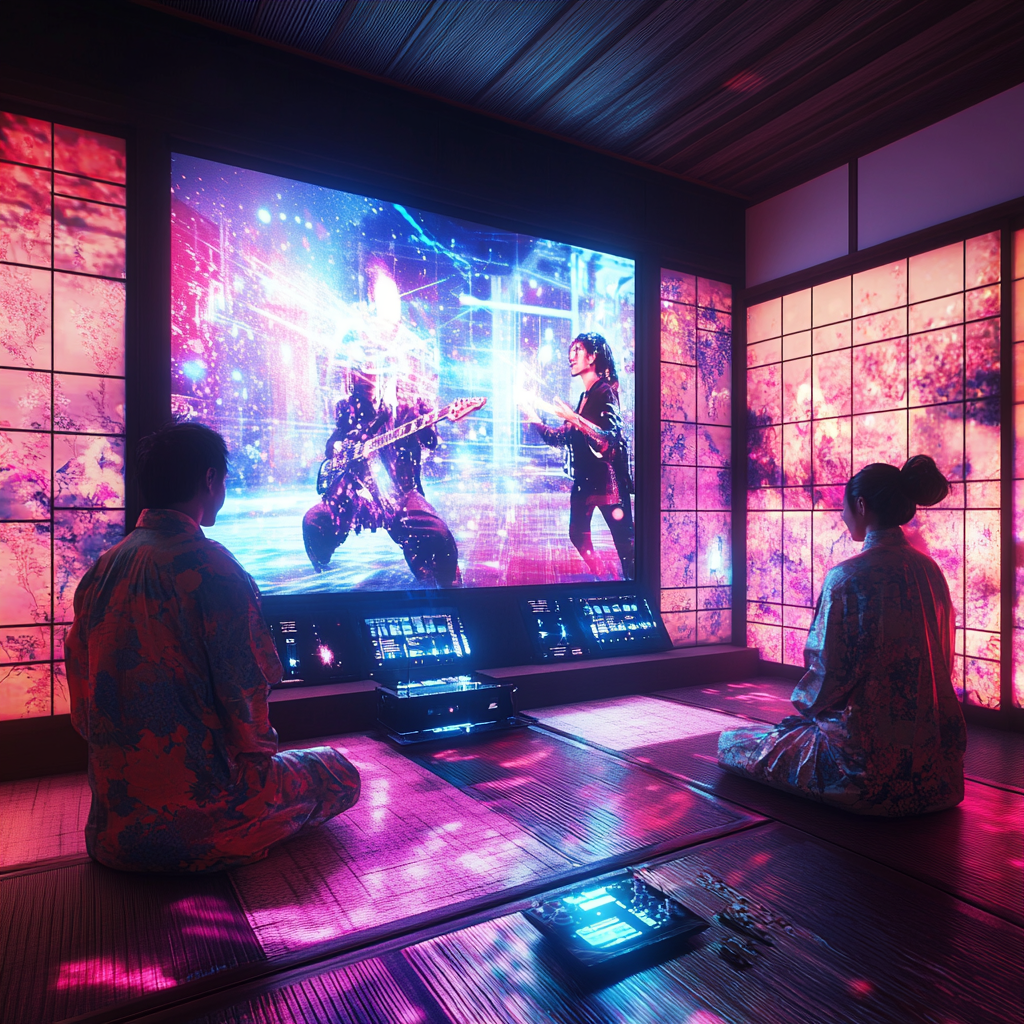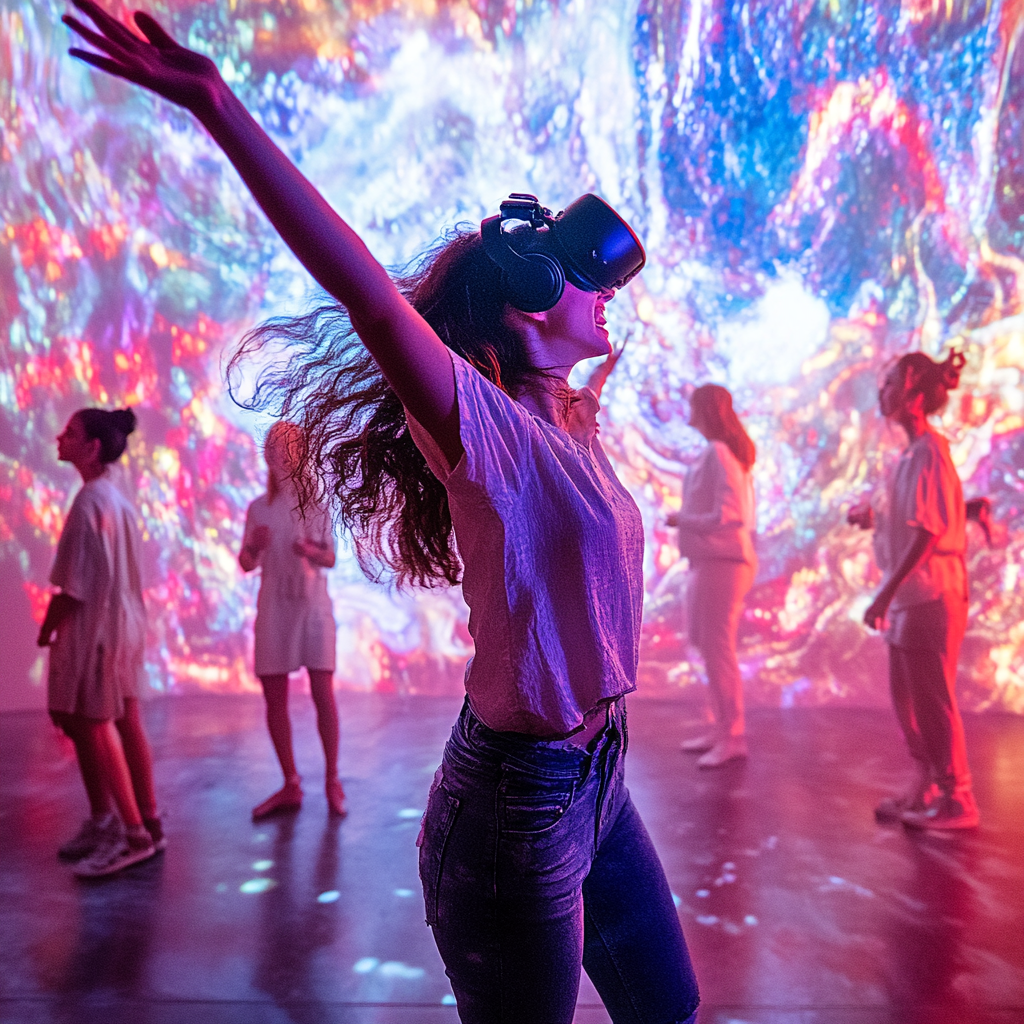Connecting Humanity Through Creativity
This article reflects an earlier conceptual phase of FanRows. The project has since shifted toward somatic auditory interaction and perceptual research.
In a world brimming with diverse languages and cultures, one universal language unites us all: emotion. Joy, sorrow, anger, love – these fundamental human experiences transcend the barriers of language and geography. Yet, how often do we truly tap into this shared emotional wellspring to connect with others?
Traditional forms of communication often fall short when it comes to conveying the full spectrum of human emotion. Words, while powerful, can be limiting, their meanings subtly shifting across cultures. But art – music, dance, painting – transcends these limitations. A poignant melody can evoke tears of nostalgia across continents. A vibrant canvas stirs a sense of wonder in the most diverse of minds. Dance, with its raw physicality, expresses passion with an eloquence that defies translation.
Throughout history, creativity has served as humanity's most profound means of expressing and sharing emotion. But as technology advances, we are presented with new and exciting avenues to amplify and enrich this universal language.

The Digital Age: Expanding Expressive and Experiential Modalities
Artificial intelligence is ushering in a new era of creative possibilities. AI-powered music generators are now composing melodies that evoke genuine emotional responses, while AI-assisted art is creating works that inspire awe and contemplation. These technologies don't replace human creativity; they augment it, providing artists and creators with unprecedented tools for self-expression.
Immersive technologies like virtual and augmented reality are further blurring the lines between the physical and digital worlds. Imagine sharing a live performance with friends across the globe, experiencing the same surge of energy, the same shared joy, as if you were all together in the same room. These shared virtual experiences have the potential to foster deeper emotional connections, transcending geographical limitations.

Beyond Expression: Exploring Shared Experiential States
What if technology could go beyond simply expressing emotion and enable us to share the feeling itself? Imagine an AI system that translates the raw joy of a dancer into a visual representation, or the profound sorrow of a musician into a tactile sensation you can physically feel. By intertwining multiple sensory inputs – visuals, sound, touch, even motion – technology could create truly shared emotional experiences that transcend individual perspectives.
This is not about replacing human creativity with machines. It's about using technology as a powerful tool – a catalyst, an interpreter, an amplifier. By leveraging these tools, we can transform individual expressions of emotion into collective experiences that foster empathy, understanding, and a deeper sense of connection across humanity.

The Future of Emotional Connection
As we stand on the cusp of this new era of creative expression, the possibilities are boundless. What if we could create platforms where artists and audiences from around the world could co-create, sharing not just ideas but the very essence of their emotions? What if technology could help us truly feel the passion behind a piece of art, experience the joy of a live performance with an intensity that transcends physical presence?